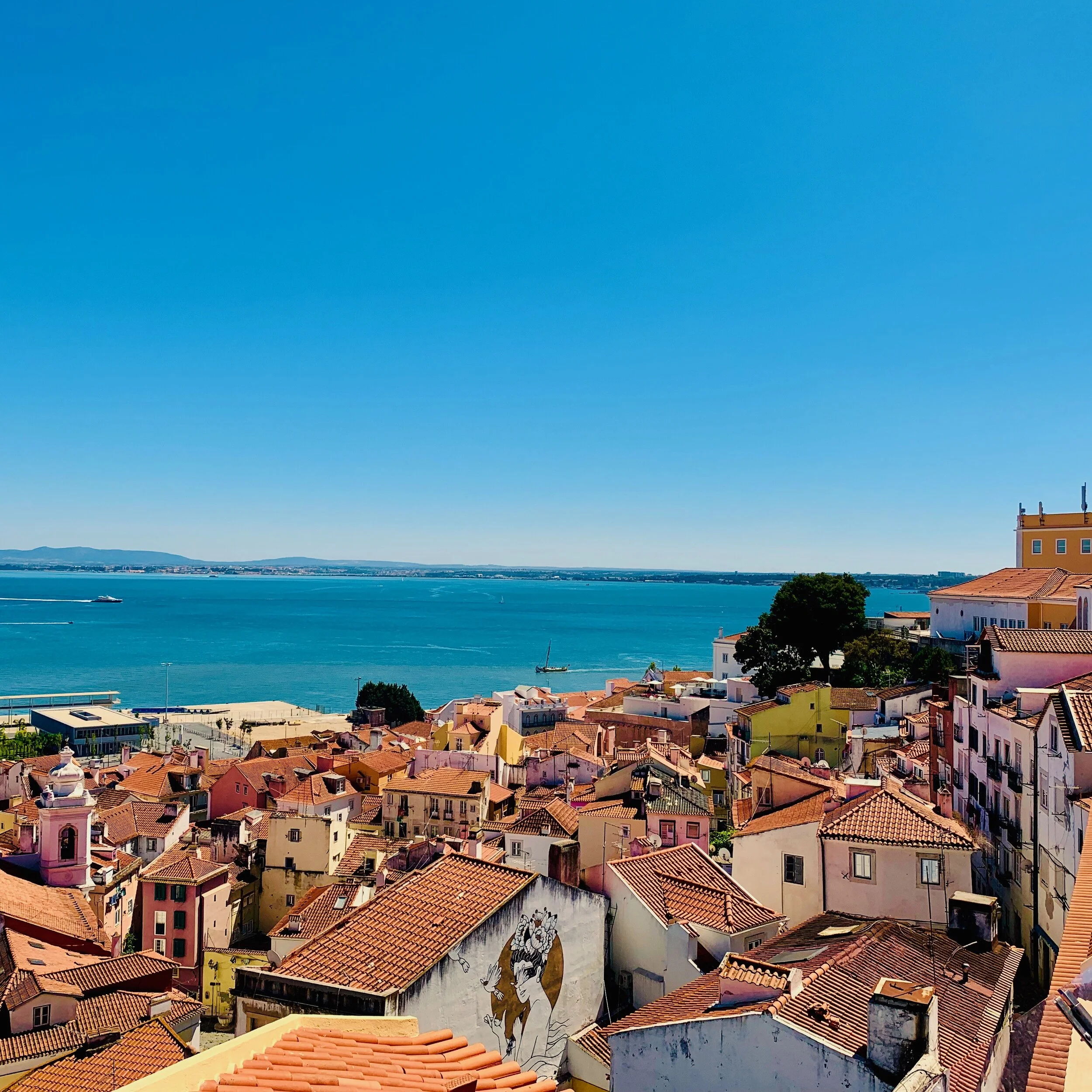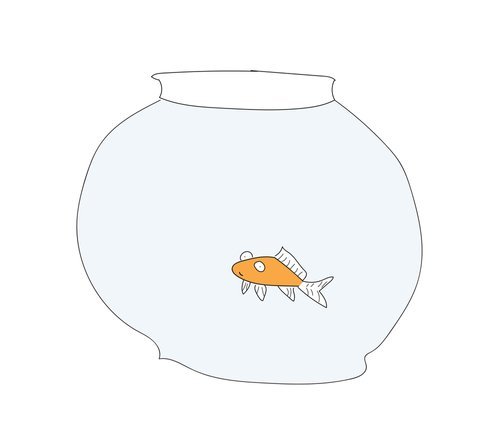Reflections on a quiet revolutionary value
We live in what can often feel like insincere times. In this world of spin, “fake news,” and performative social media, sincere honesty can feel like it is in short supply. Much of what is said is said for effect—to drive online engagement, to be liked, to gain advantage—rather than for the purpose of sincerely expressing something. This is particularly true in today’s charged political climate, where words may or may not correspond to the true feelings of those who speak them, and the purpose of speech can just as easily be to obfuscate or confuse as it can be to convey deeply held principles. As individuals, we can sometimes find ourselves avoiding sincerity in favor of projecting irony, cleverness, or some other trait we deem more socially attractive. We may also avoid sincerity simply to avoid the vulnerability that can come with it, echoing Shakespeare’s Iago when he said:
“For when my outward action doth demonstrate
The native act and figure of my heart
In complement extern, 'tis not long after
But I will wear my heart upon my sleeve
For daws to peck at…”
We, too, may hesitate to wear our hearts on our sleeves, avoiding the daws (which, by the way, refers to Jackdaws, birds in the crow family), and preferring to keep our sincere feelings safely unexposed. Yet, even as we may drift away from sincerity, most of us have an ineffable sense that this drift is not good, and that sincerity is a virtue to which it is worth aspiring. At some core level, we do not like encountering insincerity, or even well-faked sincerity. This is clear in the world of politics, where voters place a high premium on “authenticity,” and it is frequently the candidate who best conveys a sense of speaking with sincerity that wins elections.
Read more here



